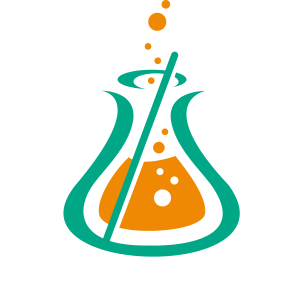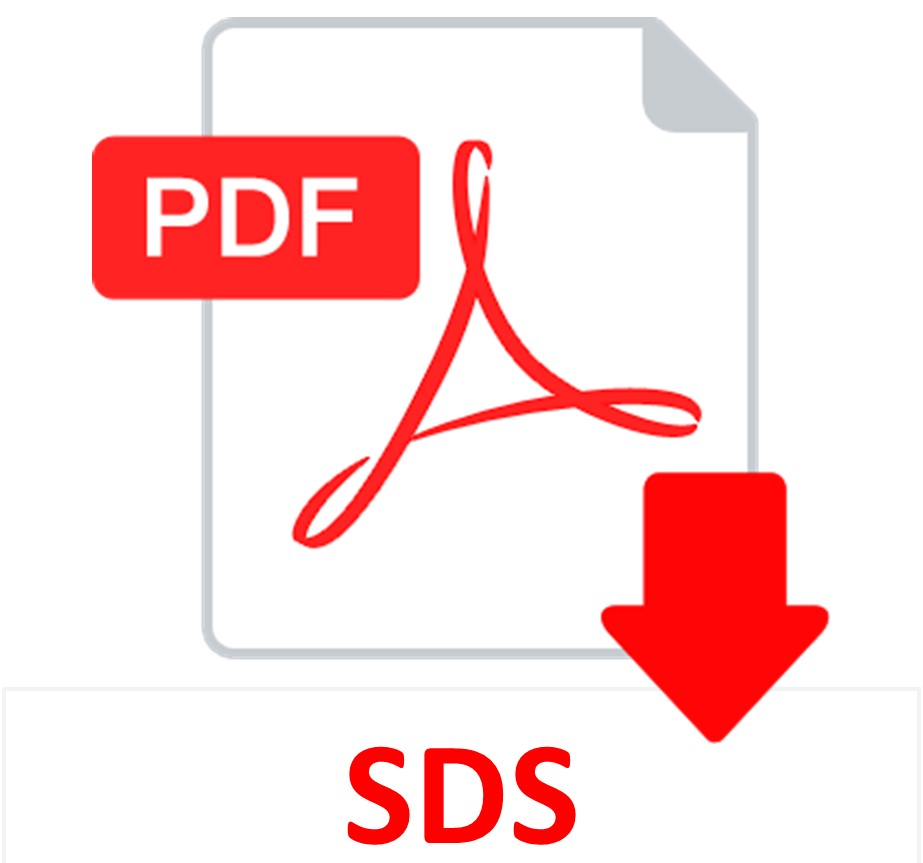Hematoxylin Stain, Mayer Modified
No Chloral Hydrate. Excellent for IHC’s. Nuclear staining for non acidic special stains.
-
-
- Shelf Life is 2 years from date of manufacture.
-
STAIN SOLUTION:
| Part 1202A | Part 1202B | Part 1202C | |
| Hematoxylin Stain, Mayer Modified | 500ml | 1 Liter | 4 Liters |
Additionally Needed For H&E Staining:
| Hematoxylin and Eosin (H&E) Control Slides | Part 4278 |
| Xylene, ACS | Part 1445 |
| Alcohol, Ethyl Denatured, 100% | Part 10841 |
| Alcohol, Ethyl Denatured, 95% | Part 10842 |
| Lithium Carbonate, Saturated Aqueous OR Scott Tap Water Substitute |
Part 12215 OR Part 1380 |
| Alcohol, Ethyl Denatured, 70% | Part 10844 |
| Eosin Y Working Solution OR Eosin-Phloxine Stain Set |
Part 1072 OR Part 1082 |
For storage requirements and expiration date refer to individual product labels.
APPLICATION:
Newcomer Supply Hematoxylin Stain, Mayer Modified is a ready to use progressive hematoxylin that does not require filtering and does not contain chloral hydrate or alcohol. Due to the progressive staining nature of Mayer hematoxylin, over-staining is less likely and a differentiation step is not required. Mayer hematoxylin is an excellent choice as a counterstain in immunohistochemistry (IHC), amyloid and copper staining procedures.
Hematoxylin and eosin (H&E) staining is used for screening specimens in anatomic pathology, for research, smears, touch preps and other applications. Its two primary coloring agents stain all cellular material; nuclei (blue), and cytoplasmic elements (pink-red). Popularity of this stain is due to its simplicity, ability to clearly demonstrate a variety of tissue components, dependability, repeatability, and speed of use.
Quality Control: Since hematoxylin and eosin staining is the foundation of the diagnostic process, maintaining quality is of critical importance. Procedures will vary between laboratories depending upon volume of slides, automation vs manual staining, chemical hygiene and solution integrity. Longevity of hematoxylin depends upon these factors and stain quality should be regularly screened with an H&E control slide.
METHOD:
Fixation: Formalin 10%, Phosphate Buffered (Part 1090)
Technique: Paraffin sections cut at 4 microns
Solutions: All solutions are manufactured by Newcomer Supply, Inc.
H&E STAINING PROCEDURE WITH MAYER MODIFIED:
-
- If necessary, heat dry tissue sections/slides in oven.
- Deparaffinize sections thoroughly in three changes of xylene, 3 minutes each. Hydrate through two changes each of 100% and 95% ethyl alcohols, 10 dips each. Wash well with distilled water.
-
- See Procedure Notes #1 and #2.
-
- Stain with Hematoxylin Stain, Mayer Modified, 10 to 20 minutes, depending on preference of nuclear stain intensity.
-
- See Procedure Note #3.
-
- Wash well in tap water for 3 minutes.
- Blue slides in Lithium Carbonate, Saturated Aqueous (Part 12215) or Scott Tap Water Substitute (Part 1380) for 10 dips.
- Wash in three changes of tap water; rinse in distilled water.
- Drain excess water; proceed to 70% alcohol for 10 dips.
- Counterstain in Eosin Y Working Solution (Part 1072) or prepared Eosin-Phloxine Working Solution (Part 1082) for 30 seconds to 3 minutes, depending on preference of intensity.
- Dehydrate in two changes of 95% ethyl alcohol for 1 minute each and two changes of 100% ethyl alcohol, 10 dips each. Clear in three changes of xylene, 10 dips each; coverslip with compatible mounting medium.
RESULTS:
| Nuclei | Blue |
| Erythrocytes and eosinophilic granules | Bright pink to red |
| Cytoplasm and other tissue elements | Various shades of pink |
PROCEDURE NOTES:
-
- Drain slides after each step to prevent solution carry over.
- Do not allow sections to dry out at any point during procedure.
- Special stains or IHC nuclear counterstain may require less time.
- Store hematoxylin at room temperature in tightly capped container away from direct light to minimize oxidation and extend shelf life.
- If using a xylene substitute, closely follow the manufacturer’s recommendations for deparaffinization and clearing steps.
REFERENCES:
-
- Bancroft, John D., and Marilyn Gamble. Theory and Practice of Histological Techniques. 6th ed. Oxford: Churchill Livingstone Elsevier, 2008. 123.
- Carson, Freida L., and Christa Hladik Cappellano. Histotechnology: A Self-instructional Text. 4th ed. Chicago: ASCP Press, 2015. 114, 117.
- Luna, Lee G. Manual of Histologic Staining Methods of the Armed Forces Institute of Patholog 3rd ed. New York: Blakiston Division, McGraw-Hill, 1968. 36-38.
- Modifications developed by Newcomer Supply Laboratory.



